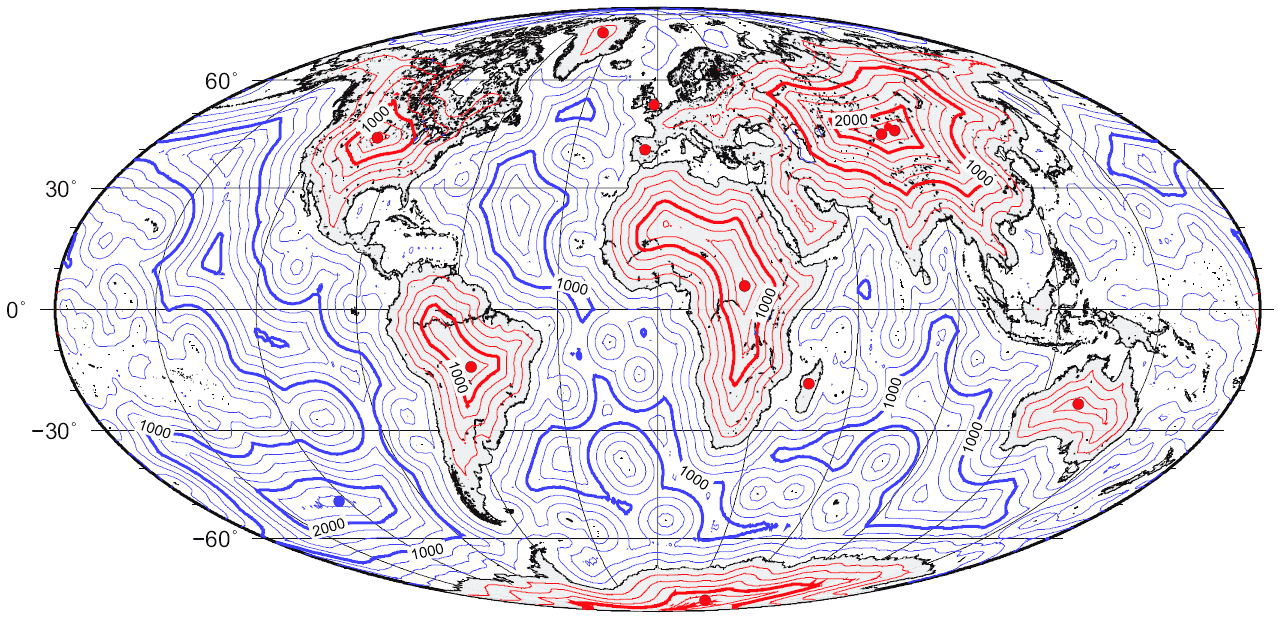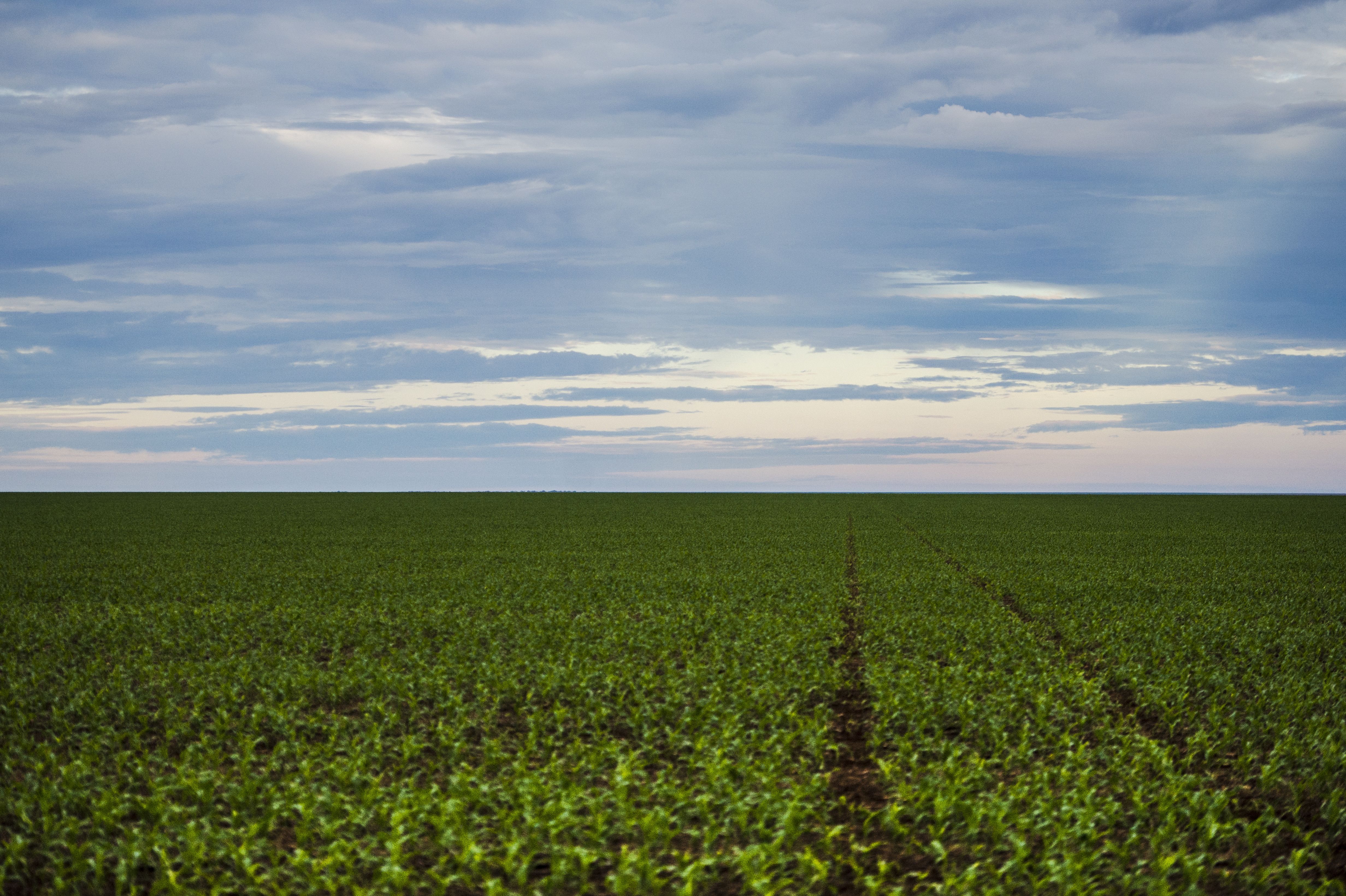|
Arenápolis
Arenápolis is a Brazil, Brazilian Municipalities of Brazil, municipality in the state of Mato Grosso. It is situated at a latitude of 14°27'01" south and a longitude of 56°50'46" west, at an altitude of 247 meters, making it the closest city to the South America, South American continental pole of inaccessibility. The estimated population in 2021 was 9,399 inhabitants, covering an area of 417.337 km². The municipality originated from diamond mining in abundant gravel, leading hundreds of people since the 18th century to settle along the banks of the Ribeirão Areias river, populating what was initially known as the village of Areias. This village later gained independence and was renamed Arenápolis for a more resonant name while still referencing its origins related to the Ribeirão Areias river. History Diamond Mining The mining activity in the Ribeirão Areias area, which inspired the municipality's name, is as ancient as the historical development of Diamantino, dating ... [...More Info...] [...Related Items...] OR: [Wikipedia] [Google] [Baidu] |
List Of Municipalities In Mato Grosso ...
This is a list of the municipalities in the state of Mato Grosso (MT), located in the Central-West Region of Brazil. Mato Grosso is divided into 142 municipalities, which are grouped into 22 microregions, which are grouped into 5 mesoregions. See also *Geography of Brazil *List of cities in Brazil {{South America topic, List of cities in * Mato Grosso Mato Grosso ( – ) is one of the states of Brazil, the List of Brazilian states by area, third largest by area, located in the Central-West Region, Brazil, Central-West region. The state has 1.66% of the Brazilian population and is responsible ... [...More Info...] [...Related Items...] OR: [Wikipedia] [Google] [Baidu] |
Pole Of Inaccessibility
In geography, a pole of inaccessibility is the farthest (or most difficult to reach) location in a given landmass, sea, or other topographical feature, starting from a given boundary, relative to a given criterion. A geographical criterion of inaccessibility marks a location that is the most challenging to reach according to that criterion. Often it refers to the most distant point from the coastline, implying the farthest point into a landmass from the shore, or the farthest point into a body of water from the shore. In these cases, a pole of inaccessibility is the center of a maximally large circle that can be drawn within an area of interest only touching but not crossing a coastline. Where a coast is imprecisely defined, the pole will be similarly imprecise. Northern pole of inaccessibility The northern pole of inaccessibility, sometimes known as the Arctic pole, is located on the Arctic Ocean pack ice at a distance farthest from any landmass. The original position was wro ... [...More Info...] [...Related Items...] OR: [Wikipedia] [Google] [Baidu] |
Regions Of Brazil
Brazil is geopolitics, geopolitically divided into five regions (also called macroregions), by the Brazilian Institute of Geography and Statistics, which are formed by the federative units of Brazil. Although officially recognized, the division is merely academic, considering geographic, social and economic factors, among others, and has no political effects other than orientating Federal-level government programs. Under the state level, they are further divided into Intermediate and Immediate Geographic Regions, intermediate regions and even further into microregions of Brazil, immediate regions. The five regions Central-West Region *Area: 1,612,007.2 km2 (18.86%) *Population: 16,289,538 (7.2 people/km2; 6.4%) *GDP: Brazilian real, R$279 billion / United States dollar, US$174,3 billion (2008; 8.3%) (Economy of Brazil, 4th) *Climate: Savanna climate (hot, with little precipitation during winter in the northeast and the east; Tropical in the east and in the west; Equ ... [...More Info...] [...Related Items...] OR: [Wikipedia] [Google] [Baidu] |
Central-West Region, Brazil
The Central-West or Center-West Region of Brazil ( ) is composed of the states of Goiás, Mato Grosso and Mato Grosso do Sul; along with the Federal District (Brazil), Distrito Federal (Federal District), where Brazil's national capital, Brasília, is situated. The region comprises 18.86% of the national territory, and is the least populated in Brazil. With the move of the country's federal capital from Rio de Janeiro to Brasília in the 1960s, the construction of roads and railways to the interior of the country made access to the region easier, speeding up population growth and contributing significantly to the region's development. Mato Grosso do Sul was created in 1979, materializing the decision of the government to divide the then called state of Mato Grosso in two states to facilitate to administration and the development of the region. Brasília International Airport, Marechal Rondon International Airport, Campo Grande International Airport and Santa Genoveva Airport conn ... [...More Info...] [...Related Items...] OR: [Wikipedia] [Google] [Baidu] |
States Of Brazil
The federative units of Brazil () are subnational entities with a certain degree of autonomy (self-government, self-regulation, and self-collection) and endowed with their own government and constitution, which together form the Brazil, Federative Republic of Brazil. There are #List, 26 states (') and Federal District (Brazil), one federal district ('). The states are generally based on historical, conventional borders which have developed over time. The states are divided into municipalities of Brazil, municipalities, while the Federal District (Brazil), Federal District assumes the competences of both a state and a municipality. Government The government of each state of Brazil is divided into executive branch, executive, legislative branch, legislative and judiciary branches. The state executive branch is headed by a state governor and includes a vice governor, both elected by the citizens of the state. The governor appoints several secretaries of state (each one in charge ... [...More Info...] [...Related Items...] OR: [Wikipedia] [Google] [Baidu] |
Mato Grosso
Mato Grosso ( – ) is one of the states of Brazil, the List of Brazilian states by area, third largest by area, located in the Central-West Region, Brazil, Central-West region. The state has 1.66% of the Brazilian population and is responsible for 1.9% of the Brazilian GDP. Neighboring states (from west clockwise) are: Rondônia, Amazonas State, Brazil, Amazonas, Pará, Tocantins, Goiás and Mato Grosso do Sul. It is divided into 142 municipalities and covers an area of 903,357 square kilometers, consequently the state is roughly 82.2% of the size of its southwest neighbor, the nation of Bolivia. A state with a flat landscape that alternates between vast ''chapadas'' and plain areas, Mato Grosso contains three main ecosystems: the Cerrado, the Pantanal and the Amazon rainforest. The Chapada dos Guimarães National Park, with its caves, grottoes, tracks, and waterfalls, is one of its tourist attractions. The extreme northwest of the state has a small part of the Amazonian fores ... [...More Info...] [...Related Items...] OR: [Wikipedia] [Google] [Baidu] |
Time In Brazil
Time in Brazil is calculated using standard time, and the country (including its offshore islands) is divided into four standard time zones: Fernando de Noronha time (UTC−02:00), Brasília time (UTC−03:00), Amazon time (UTC−04:00), and Acre time (UTC−05:00). About 93% of the Brazilian population live in Brasília time (UTC−03:00). Time zones Fernando de Noronha time (UTC−02:00) This is the standard time zone only on a few small offshore Atlantic islands. The only such island with a permanent population is Fernando de Noronha, with 3,167 inhabitants (2022 census), 0.0016% of Brazil's population. The other islands ( Trindade and Martim Vaz, Rocas Atoll and Saint Peter and Saint Paul Archipelago) either are totally uninhabited or have small seasonally rotating Brazilian Navy garrisons or teams of scientists. Brasília time (UTC−03:00) The main time zone of Brazil comprises the states in the South, Southeast and Northeast regions (except the small islan ... [...More Info...] [...Related Items...] OR: [Wikipedia] [Google] [Baidu] |
Brazil
Brazil, officially the Federative Republic of Brazil, is the largest country in South America. It is the world's List of countries and dependencies by area, fifth-largest country by area and the List of countries and dependencies by population, seventh-largest by population, with over 212 million people. The country is a federation composed of 26 Federative units of Brazil, states and a Federal District (Brazil), Federal District, which hosts the capital, Brasília. List of cities in Brazil by population, Its most populous city is São Paulo, followed by Rio de Janeiro. Brazil has the most Portuguese-speaking countries, Portuguese speakers in the world and is the only country in the Americas where Portuguese language, Portuguese is an Portuguese-speaking world, official language. Bounded by the Atlantic Ocean on the east, Brazil has a Coastline of Brazil, coastline of . Covering roughly half of South America's land area, it Borders of Brazil, borders all other countries and ter ... [...More Info...] [...Related Items...] OR: [Wikipedia] [Google] [Baidu] |
Municipalities Of Brazil
The municipalities of Brazil () are administrative divisions of the states of Brazil, Brazilian states. Brazil currently has 5,571 municipalities, which, given the 2019 population estimate of 210,147,125, makes an average municipality population of 37,728 inhabitants. The average state in Brazil has 214 municipalities. Roraima is the least subdivided state, with 15 municipalities, while Minas Gerais is the most, with 853. Northern states are divided into small numbers of large municipalities (e.g. Amazonas (Brazilian state), Amazonas is divided into only 62 municipalities), and therefore they cover large areas incorporating several separated towns or villages that do not necessarily conform to one single conurbation. Southern and eastern states on the other hand, are divided into many small municipalities (e.g. Minas Gerais), and therefore large urban areas usually extend over several municipalities which form one single conurbation. The Federal District (Brazil), Federal Distr ... [...More Info...] [...Related Items...] OR: [Wikipedia] [Google] [Baidu] |
South America
South America is a continent entirely in the Western Hemisphere and mostly in the Southern Hemisphere, with a considerably smaller portion in the Northern Hemisphere. It can also be described as the southern Subregion#Americas, subregion of the Americas. South America is bordered on the west by the Pacific Ocean, on the north and east by the Atlantic Ocean, and to the south by the Drake Passage; North America and the Caribbean Sea lie to the northwest. The continent includes twelve sovereign states: Argentina, Bolivia, Brazil, Chile, Colombia, Ecuador, Guyana, Paraguay, Peru, Suriname, Uruguay, and Venezuela; two dependent territory, dependent territories: the Falkland Islands and South Georgia and the South Sandwich Islands; and one administrative division, internal territory: French Guiana. The Dutch Caribbean ABC islands (Leeward Antilles), ABC islands (Aruba, Bonaire, and Curaçao) and Trinidad and Tobago are geologically located on the South-American continental shel ... [...More Info...] [...Related Items...] OR: [Wikipedia] [Google] [Baidu] |
Diamantino
Diamantino is a municipality in Mato Grosso state in Brazil. It has a population of 22,178 and is near Diamantino River. It is above sea-level, and sits at the foot of the Mato Grosso plateau. Its history dates from 1730 as a gold mining settlement. In 1746, diamonds were discovered, which made the town's population swell and prosper. The amount of diamonds was greatly overestimated, and the town population steadily declined. Near the city is the South American pole of inaccessibility, which means that no place in South America is as far from the nearest ocean as this point. The closest ocean is the Pacific Ocean The Pacific Ocean is the largest and deepest of Earth's five Borders of the oceans, oceanic divisions. It extends from the Arctic Ocean in the north to the Southern Ocean, or, depending on the definition, to Antarctica in the south, and is ..., at the Peruvian-Chilean border. Climate References Municipalities in Mato Grosso {{matoGrosso-geo-stu ... [...More Info...] [...Related Items...] OR: [Wikipedia] [Google] [Baidu] |




